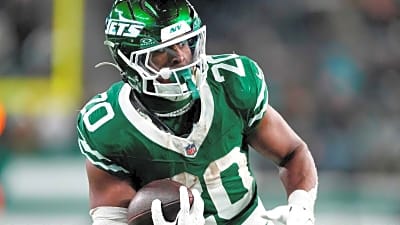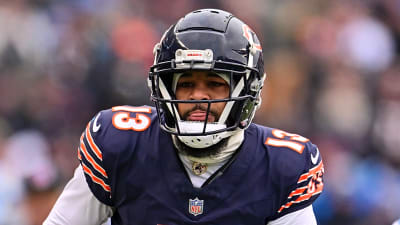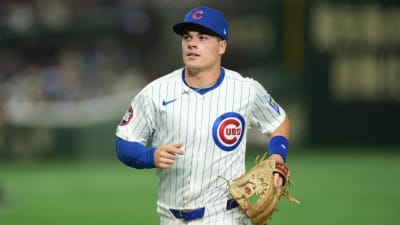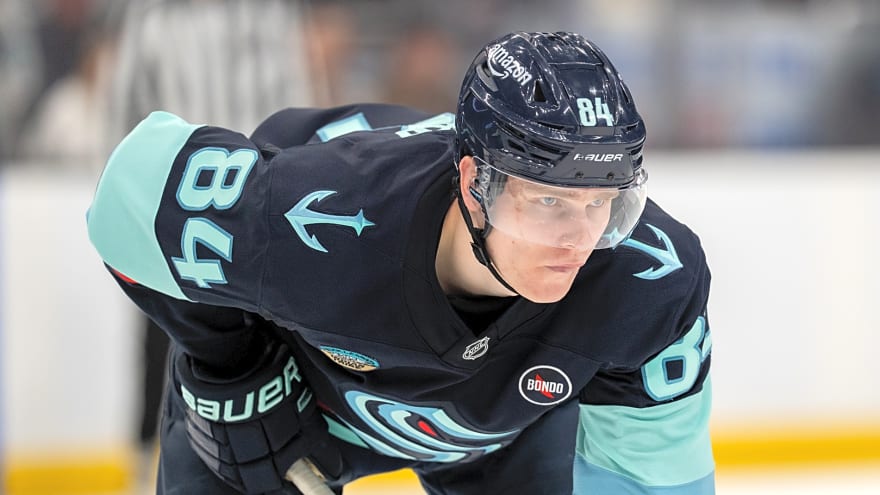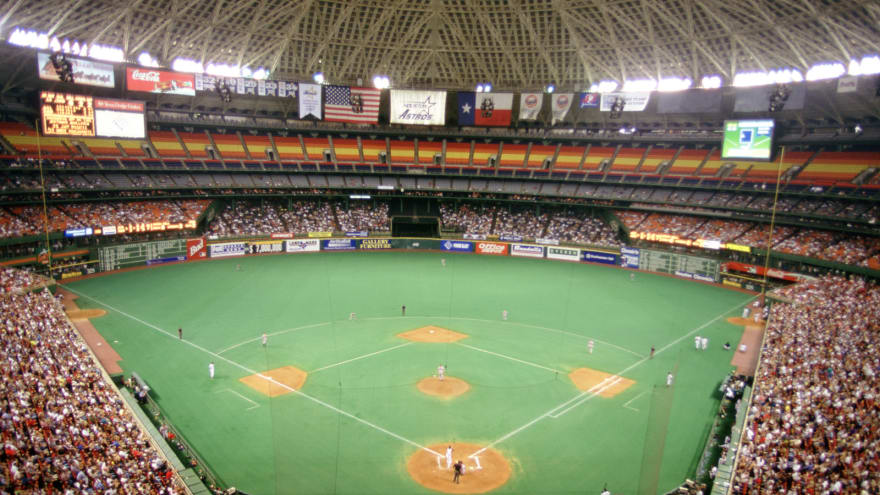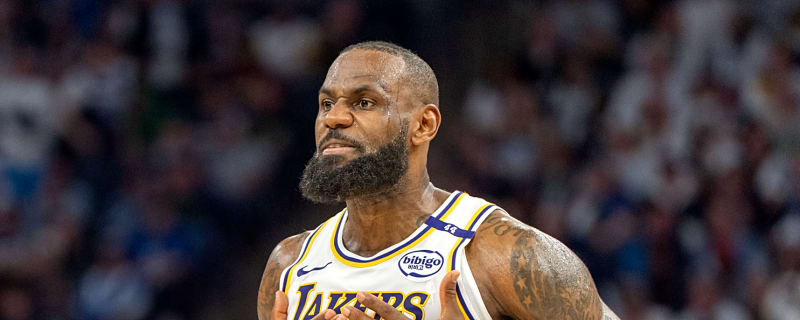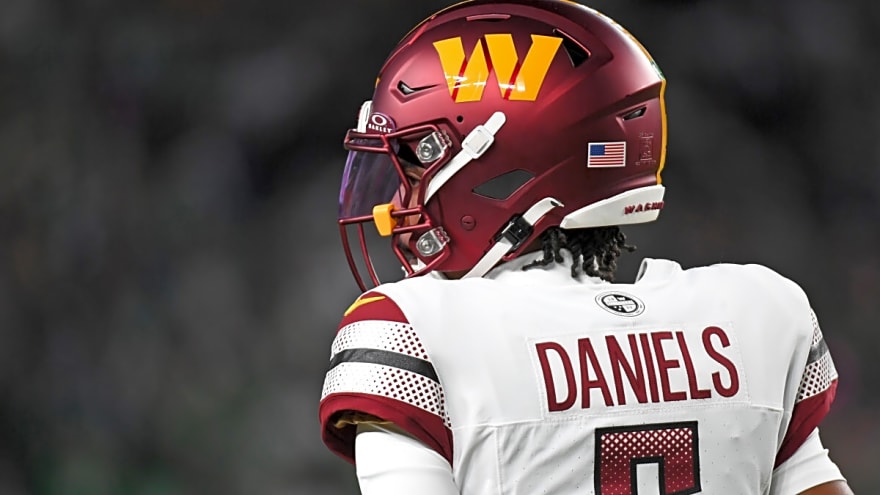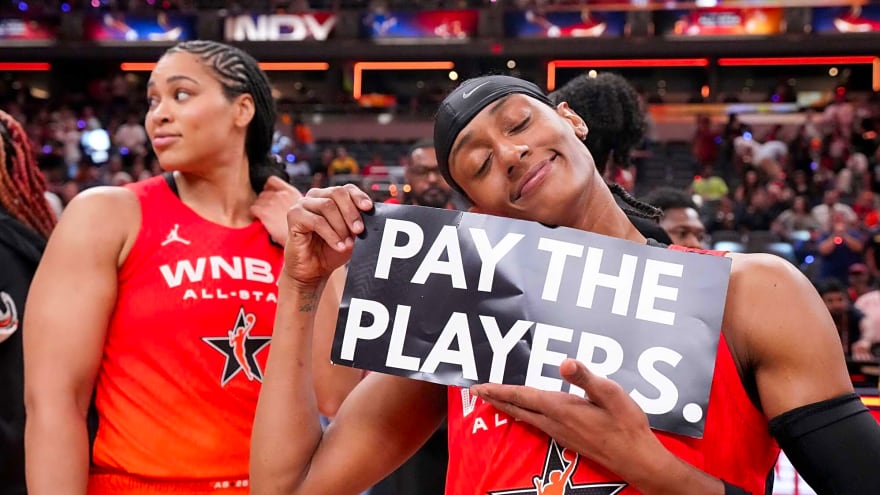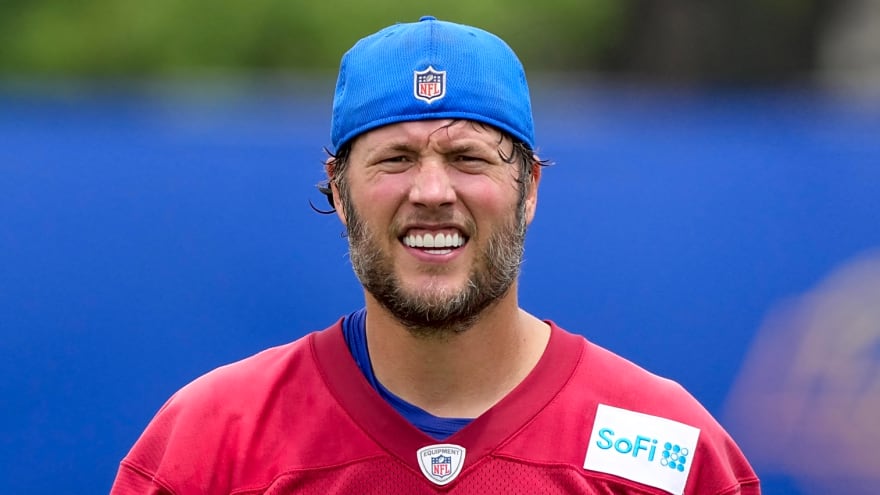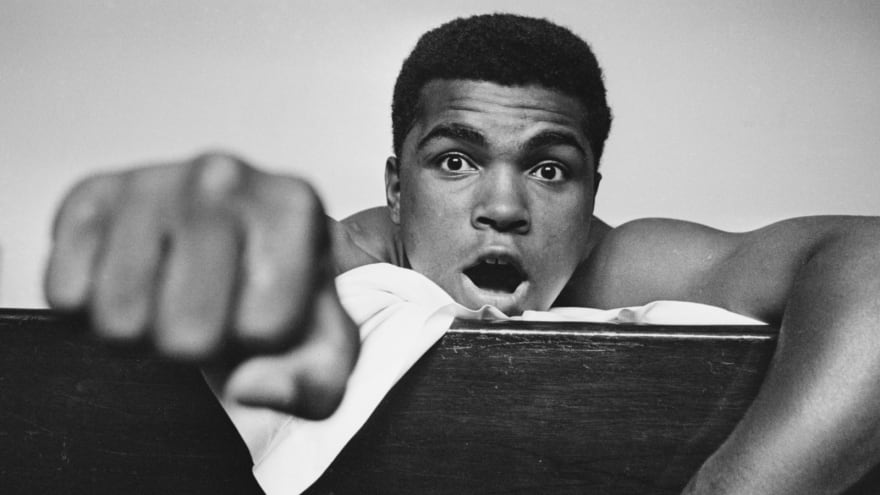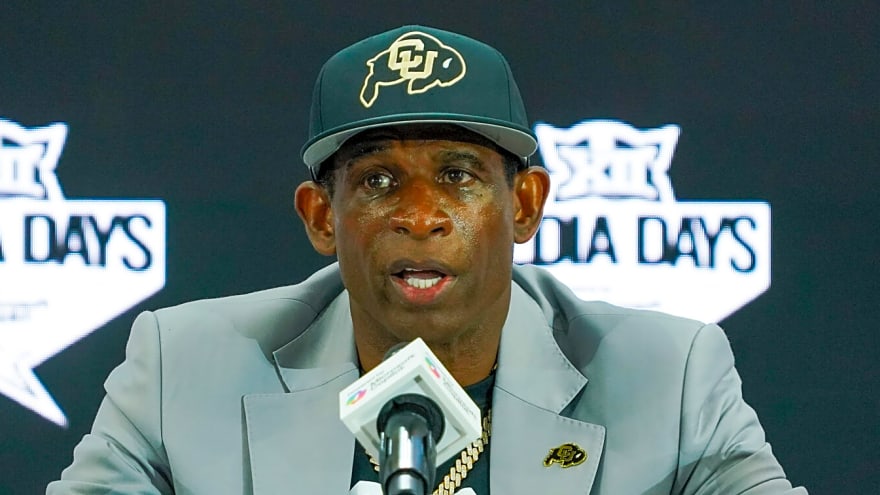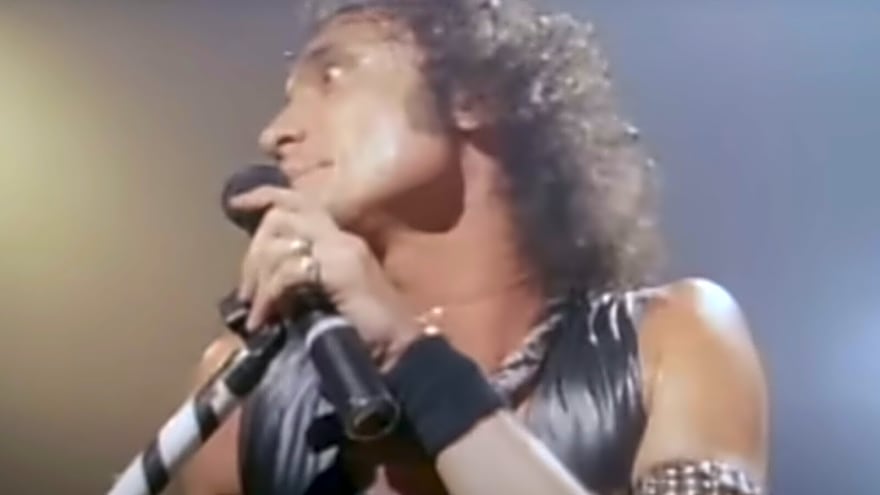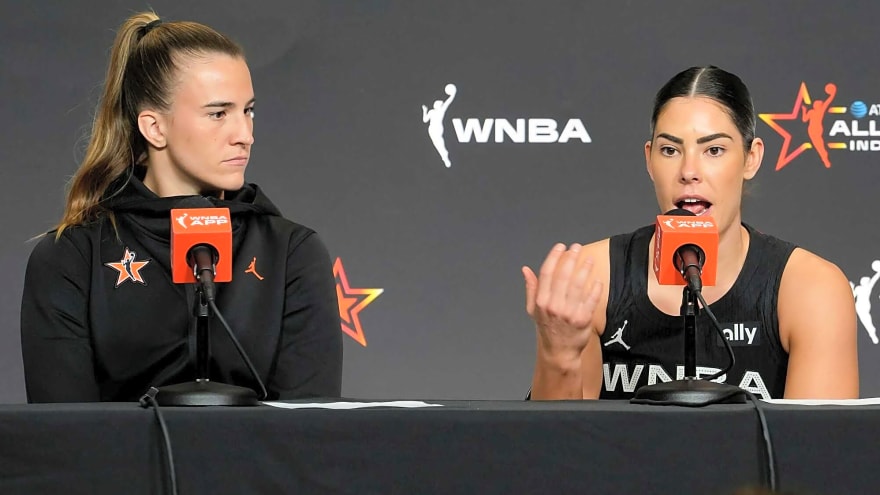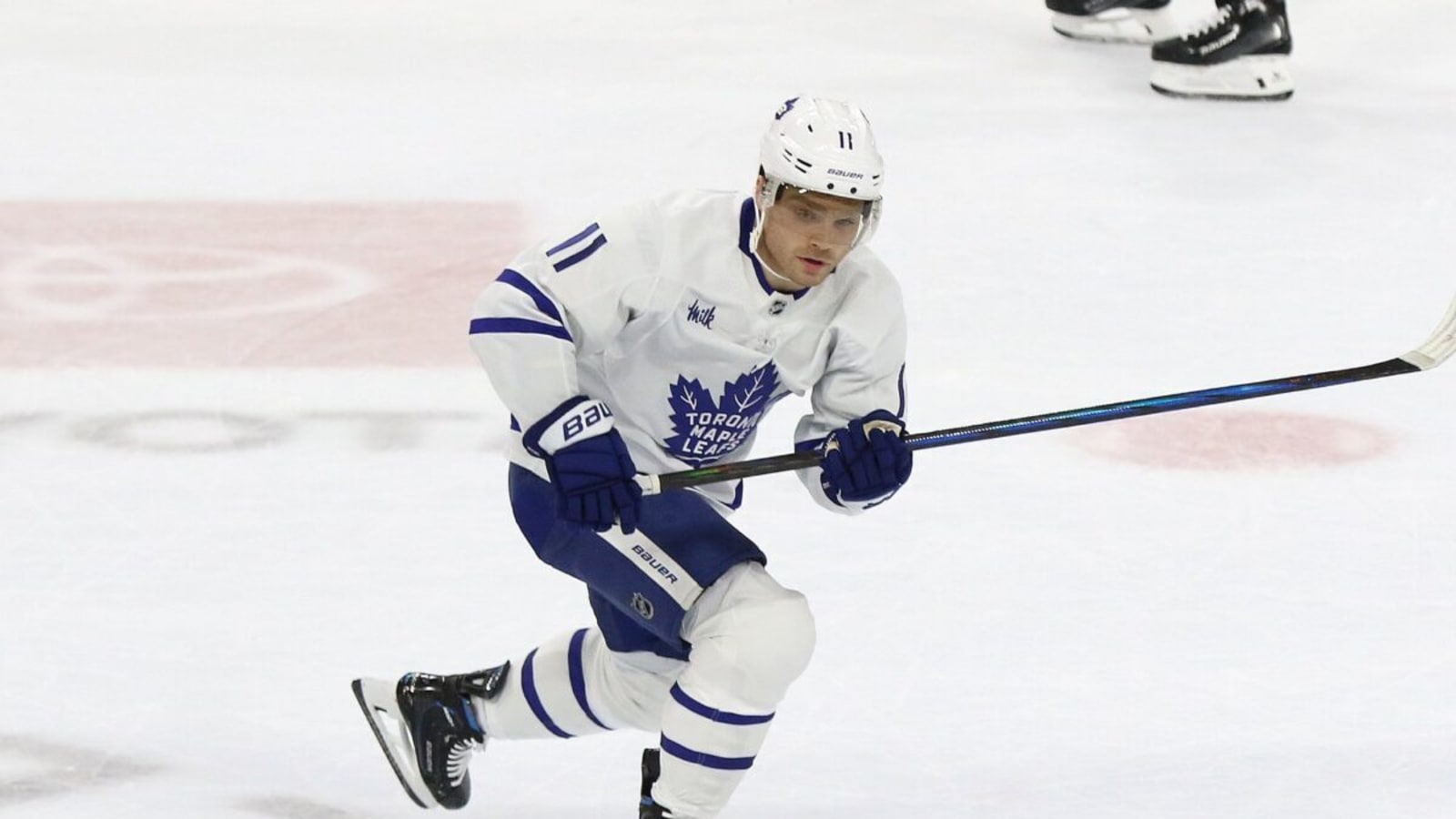
In a post written last week, colleague Peter Baracchini offered an in-depth look at Max Domi’s underwhelming performance with the Toronto Maple Leafs as the trade deadline approaches. He critiqued Domi’s lack of consistency, poor offensive production, and sometimes iffy decision-making. Then, he called for the team to trade him to improve depth scoring.
Five Key Points From Baracchini’s Analysis
First, Baracchini noted Domi’s underwhelming performance. In his second season, Domi’s play has been disappointing. Despite his four-year deal, his overall impact has been minimal compared to expectations following his previous performances. With three more years to go on this deal, is Domi worth keeping?
Second, Domi’s had a lack of offensive impact. He has registered only three goals in 44 games. That’s a concerning stat for a player known for his playmaking. Prolonged stretches without scoring, including a 22-game goalless drought at the start of the season and another 19-game drought later, have diminished his production.
Third, Baracchini points to Domi’s issues with his decision-making. For a supposed playmaker, he called out Domi’s poor shot selection, poor passing, and horrible shooting accuracy. All these have limited his offensive contributions when the team needed him to step up, especially in the absence of John Tavares.
Fourth, Baracchini wondered if the Maple Leafs should trade him. The trade deadline is nearing. Could Domi be a moveable asset to increase the team’s depth scoring? His $3.75 million cap hit and modified no-movement clause (a 13-team no-trade list) make him movable, though his underperformance has reduced his trade value.
Finally, Baracchini sees Domi’s lack of production pushing younger players like Matthew Knies and Bobby McMann into more prominent roles. Continued struggles could force the Maple Leafs to consider a replacement as they seek offensive depth.
Without taking any issue with Baracchini’s analysis, in this post, I want to look at the possibility that – even if what Baracchini says about Domi’s production is accurate – he’s a player who should not be moved. The reason? The upward rise of the salary cap. The nuanced question is whether the rising salary cap and the increased space it brings will make Domi a more valuable player next season than this season and even more valuable the season after, even if his production does not increase.
How Does the Salary-Cap Rise Impact Domi’s Contract and Value?
The NHL’s salary cap is set to increase from $88 million to $113.5 million by the 2027-28 season, a trend with significant implications for mid-tier contracts like Domi’s. His four-year, $15 million deal currently has an average annual value (AAV) of $3.75 million, representing about 4.26% of the $88 million cap. By 2027-28, that cap hit will drop to roughly 3.3% of $113.5 million.
This decreasing cap percentage enhances Domi’s trade value and (at the same time) his value to the team. As teams gain more cap flexibility, his contract becomes far more manageable and valuable. Even if his production remains the same, that makes him more attractive as a depth piece. In a rising cap environment, teams will search for value contracts that deliver solid production without consuming too much cap space. If Domi improves and reverts to his previous form, his $3.75 million AAV could be considered a huge bargain. But it’s likely a bargain even if he does not.
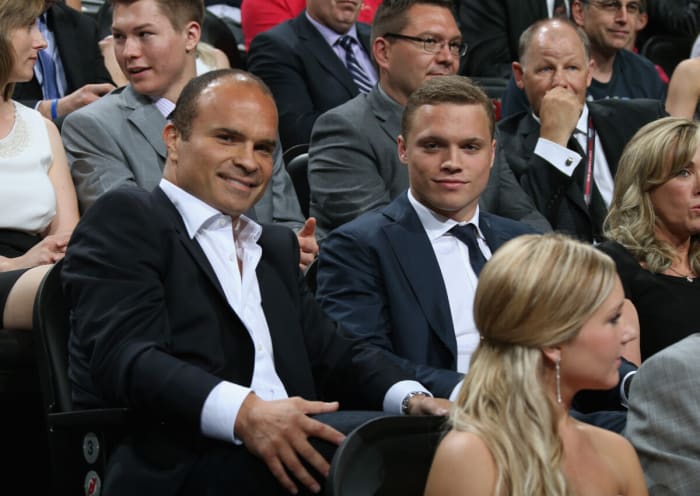
For the Maple Leafs, the rising cap reduces the urgency of moving contracts solely for cap relief. Increased financial flexibility means the team can focus on roster optimization. However, Domi’s performance remains critical—consistent production is essential to justifying his contract and enhancing his overall value. One can always make the case that he’s replaceable for a player with a similar bang for the buck. While that might be so, he also brings other qualities that make him a player who brings value, especially taking up a lower percentage of cap space.
Considering Domi’s Contract Versus His Production
Should the Maple Leafs move on from Domi, or is his contract too valuable despite his low production? On the surface, his lack of scoring and prolonged droughts might initially suggest he should be traded – if possible. Yet, his contract’s cap friendliness complicates the decision.
Here, I will look at three areas that make any decision to move Domi more nuanced. First is the concept of cap flexibility. As the salary cap rises, (as noted) Domi’s $3.75 million AAV will take up a smaller portion of the payroll, making it an increasingly manageable asset for the Leafs or any potential trade partner.
Second, will Domi’s trade value increase? Although his production might be subpar, if a playoff contender needs a physical depth forward or sees potential in his prior 20-goal seasons, they might come to see his contract as highly valuable – no salary retention or include additional assets (e.g., draft picks) to balance a trade. In that case, trading him later makes better sense.
Max Domi has signed a four-year extension with the Toronto Maple Leafs, carrying an AAV of $3.75M, per @reporterchris pic.twitter.com/6qLrJJY3sz
— TSN (@TSN_Sports) June 30, 2024
Third, Domi’s performance still matters. While his contract becomes more attractive in a higher-cap era, the immediate issue remains his on-ice production. The decision hinges on whether the Maple Leafs believe Domi can rebound to provide the secondary scoring they need or whether moving him—even at a lower return—is necessary to address immediate deficiencies.
The Bottom Line for Domi and the Maple Leafs
The rising salary cap makes contracts like Domi’s increasingly palatable, even if his current production is below expectations. The Maple Leafs’ decision to trade him concerns his performance. However, it also concerns the long-term financial landscape. If Domi can rebound or stay the same, will his cap hit look like a bargain? If not, the Maple Leafs must balance the trade value they can receive against the long-term cap flexibility their contract offers. The point is there’s more going on than his performance.
While the immediate impulse might be to move a non-producing asset, the evolving cap situation suggests that Domi’s contract could, over time, become increasingly valuable enough to hold on to, even if he shows only a slight improvement. If they move him, they might find themselves signing a lower-producing player at a higher salary-cap hit than Domi demands over the coming seasons.
Moving Domi isn’t cut and dry. The Maple Leafs must weigh the potential for a production rebound against the opportunity to acquire a more reliable offensive asset—recognizing that the future cap environment might transform Domi’s current underperformance into a manageable liability.
More must-reads:
- Kraken announce lucrative new deal for veteran winger
- Flyers first-round pick expected to commit to Michigan State
- The 'NBA all-time 50-point game leaders' quiz
Breaking News
Trending News
Customize Your Newsletter
 +
+
Get the latest news and rumors, customized to your favorite sports and teams. Emailed daily. Always free!
TODAY'S BEST

Chicago Blackhawks reportedly set to trade 25-year-old goaltender to Stars rival, Edmonton Oilers
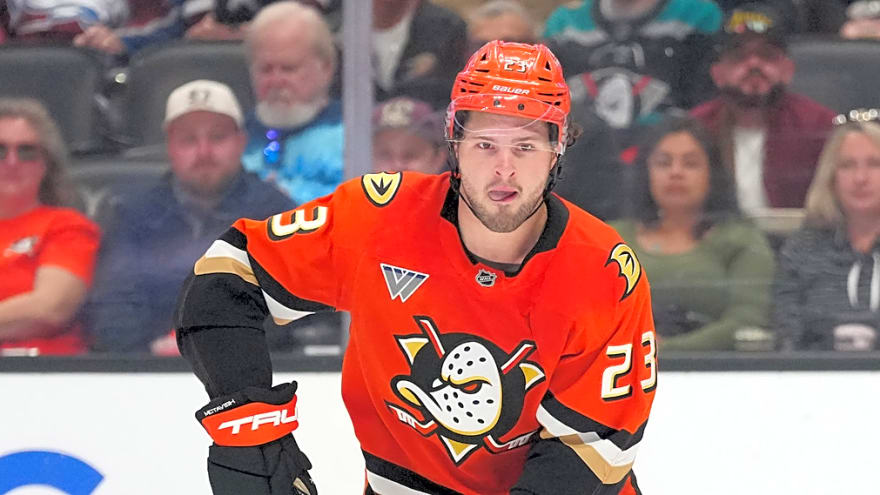
Could this young forward answer multiple questions for the Rangers?
Through much of his time with the New York Rangers, Mika Zibanejad has been too good to be a second-line center, yet not quite a top liner for a contender. Now aging out of his prime, his play has dropped off the past two seasons, only rebounding when moved to the wing next to midseason acquisition J.T. Miller. That presents a problem for New York. The Rangers are not deep down the middle. Moving Zibanejad back to center provides that depth, putting Vincent Trochek back in his appropriate 3C role. But does Zibanejad again suffer without Miller? It also leaves the Blueshirts thin on the right side. Zibanejad can’t play two positions at once and the Rangers cannot rob Peter to pay Paul. There is a solution, however: Anaheim Ducks forward Mason McTavish. Anaheim and New York already have strong front office ties, with a pair of trades in the past eight months. The cross-continental line should be open. McTavish is precisely the player archetype that Rangers general manager Chris Drury has sought in this past year. The 22-year-old possesses good size (6-foot-1, 219 pounds) and plays with a grit that Drury adores. An old-fashioned power forward in the making, McTavish hunts bodies, making life miserable for defenders on the forecheck and finds pockets of space when off the puck, where he unloads a cannon of a shot. An all-situations player, McTavish digs in the corners and is developing nicely as an offensive driver. McTavish is a hard worker who shows leadership traits. New Rangers head coach Mike Sullivan loves to play with speed and relentless pressure, a mantra that suits McTavish down to the ground. For a second-line center, McTavish’s numbers don’t exactly pop off the page, but 52 points (22 goals) in 76 games for a bad Ducks team is nothing to sneeze at. In New York, he would also presumably get to play with Artemi Panarin and Alexis Lafreniere. Given the playmaking ability of those wingers and McTavish’s heavy shot, 30-plus goals could be on the cards. Bleacher Report has stated that the Ducks are unlikely to extend McTavish an offer sheet, instead willing to match whatever offer comes his way. Does that mean he is on the trade block? At the very least it means that Anaheim will likely be willing to listen to offers. That said, it would take an almighty package to pry the former No. 3 pick out of Orange County. The Ducks would rightly command a first-round pick — if not two — and a highly-rated prospect. New York has its own first-rounders in store, as well as a, likely, late first-rounder next year, with second-round picks each year except 2027. Would New York part with a first, a second and a pair of its top prospects? The Rangers are loaded with left wing prospects. Whilst Gabe Perrault is likely off the table, Brennan Othmann, Adam Sykora and Brett Berard should be discussed, as should defenseman E.J. Emery. Would picks and a pair of prospects be enough for Anaheim, though? Here’s a thought experiment: a deal centered around Will Cuylle. As mentioned, the Rangers have a raft of left wingers coming through and Lafreniere is also a natural left winger. Would trading Cuylle for McTavish solve the Rangers' issues at the pivot, allowing Zibanejad to help fix the right-hand side and give the team room to develop more youngsters on the left? Could this solve three issues in one swoop? It would be a, potentially, seismic move, but it might just make sense for both teams, especially if the Ducks are not looking to keep McTavish around long-term. It would complete a remarkable offseason for Drury.
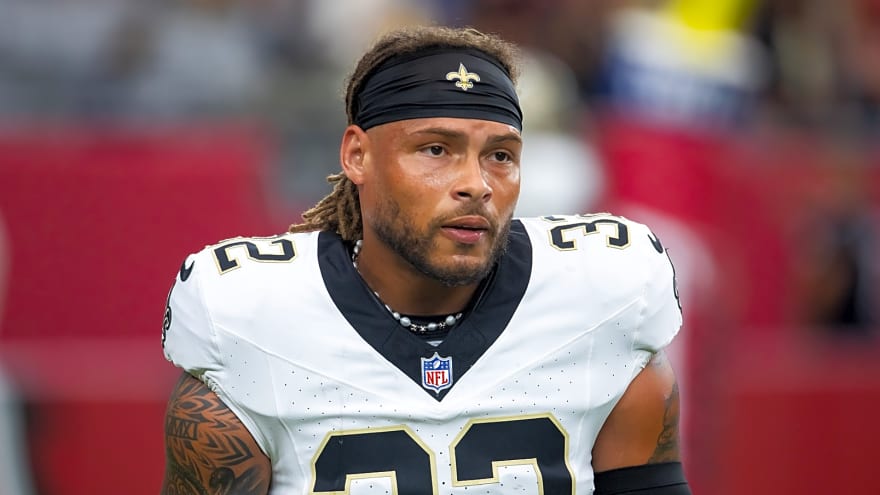
Tyrann Mathieu retirement highlights compelling Hall of Fame case
One question remains after New Orleans Saints safety Tyrann Mathieu announced his retirement. How long until Canton calls? On Tuesday, the 12-year NFL veteran revealed he was retiring, effective immediately, ending the New Orleans native's legendary football career. In a statement published to social media, the three-time first-team All-Pro wrote, "As I hang up my cleats, I'm filled with gratitude as I close this chapter of my life and officially retire from the game that's shaped me in every way. "From my first snap in college to my final play in the NFL, this journey has been nothing short of a blessing." He's a surefire first-ballot Louisiana Sports Hall of Fame honoree, breaking out while at LSU (2010-11). During his freshman and sophomore seasons, he forced 11 fumbles with eight recoveries, four interceptions and four total touchdowns while finishing fifth in Heisman voting in 2011. Mathieu was dismissed from the team in 2012 after failing multiple drug tests and then was arrested on marijuana charges, but he didn't allow that to define his career. Instead, he carved out what could be considered a Pro Football Hall of Fame resume, too. Mathieu ends his professional career with 838 tackles, 100 passes defended and 36 interceptions. In addition to being named first-team All-Pro three times, he received three Pro Bowl honors and was a member of the Hall of Fame All-2010 Team. Mathieu also won a Super Bowl with the Kansas City Chiefs in February 2020. Per Mathieu's Pro Football Reference's Hall of Fame Monitor score (65.2), he has a below-average case for enshrinement, with the average Hall of Fame defensive back scoring a 96.93. But players have received a gold jacket with worse scores in the PFR metric, including John Lynch, Eric Allen and Dick LeBeau. While he might have to wait past his first ballot to make it into the Hall of Fame, it would be a shame if Mathieu didn't one day receive his flowers. It certainly helps his case that in addition to being one of the greatest safeties of his generation, Mathieu was, by all accounts, just as outstanding off the field. NewOrleans.Football's Nick Underhill and Arizona Cardinals insider Kyle Odegard, who covered Mathieu when he played for the Cardinals, were among the media members to share fond stories about Mathieu. "One of those guys who really respected the job we do and would take the time to explain the game," Underhill shared. "He an all-world talent and the most accessible, genuine, introspective superstar I've ever met," Odegard wrote. It could take longer than five years, but it should surprise no one if one day Mathieu receives Hall of Fame recognition. He is the Honey Badger, after all. He takes what he wants.
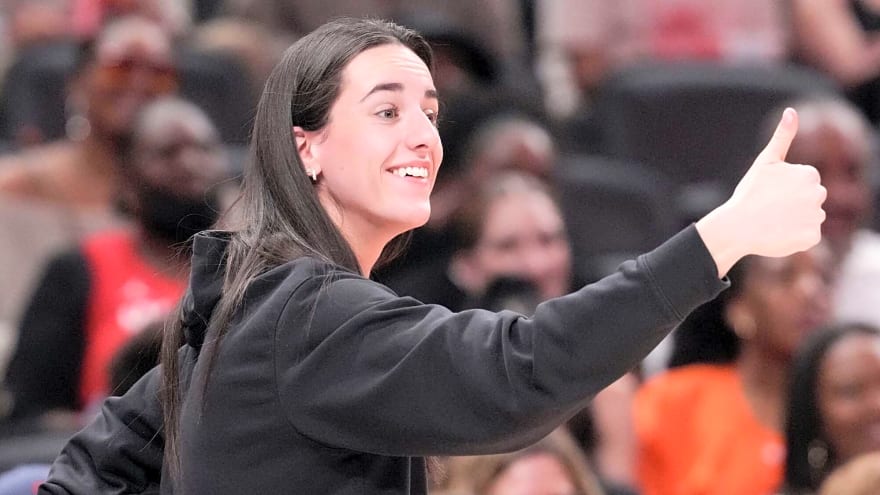
Caitlin Clark drops mic on Kelsey Plum's Instagram post
Caitlin Clark might be the most popular figure in women's basketball right now, but she continues to draw shots left and right, both on and off the court. The Iowa product has stayed even keeled and mostly unrattled, but that doesn't mean she won't fight back. That's why, in the light of Kelsey Plum's recent comments, she decided to take matters into her own hands and clapped back at her with a simple, six-word message. Plum shared a picture of her during the WNBA's All-Star Weekend, which showed half of a Nike logo in the background. Clark was quick to spot it and just wrote "Thank u for the Nike ad." This happened just hours after Plum seemingly took a shot at Clark and her Team Clark teammates for reportedly not getting involved in their pre-game protest. “The T-shirt was determined this morning. Not to tattletale, but zero members of Team Clark were very present for that,” Plum revealed. “That really needed to be mentioned,” Sabrina Ionescu added while both laughed. WNBA All-Stars warmed up with a T-Shirt that read 'Pay us what you owe us,' ahead of their new CBA agreement, which is expected to be signed in the offseason. WNBA players get around 9 percent of the league's revenue, and they're asking for a bigger share since most of them also have to play overseas during the offseason because of the salary disparity. Plum is the vice president of the WNBPA, so it's not surprising to see her so involved in the protest and the demands. Then again, it's hard to understand the reasoning behind the tattle telling, as not only does it show that there might not be a united front ahead of these negotiations, but it also drives attention away from where it should be.

Browns make official Deshaun Watson move before training camp
Most Cleveland Browns fans do not expect to see Deshaun Watson play another snap for their beloved yet perpetually tortured franchise. He is not going anywhere until after the 2025-26 season, however. Will this controversial, declining and largely unhealthy quarterback have a chance to audition for another job at some point in this upcoming campaign? Before answering that question, the three-time Pro Bowler has to get on the practice field. And that will take a while. As expected, the Browns placed Watson on the Active/Physically Unable to Perform (PUP) list on Tuesday, according to ESPN’s Adam Schefter. The 29-year-old ruptured his right Achilles tendon in an Oct. 20 loss versus the Cincinnati Bengals. He then suffered a re-tear in January, causing many to wonder if he will suit up at all this season. Watson is nonetheless maintaining a presence in Cleveland’s QB room and is determined to return in 2025. Second-year defensive tackle Mike Hall Jr. joins him on the PUP list, and wide receiver David Bell is landing on the Active/Non-Football Injury list. Rounding out the series of roster moves, the Browns are waiving WR Jaelen Gill. The team begins training camp practice on Wednesday, with plenty of matters to address. Although Watson will command attention as long as he is on Cleveland, fans are eager to know who the starting quarterback will be when the Brownies host the Cincinnati Bengals on Sept. 7. A tight and intriguing QB competition is set to unfold, following a confounding offseason. Browns have to figure out their QB situation Cleveland acquired former first-round pick Kenny Pickett in March, signed veteran and 2023 Comeback Player of the Year Joe Flacco in April, selected Dillon Gabriel in the third round of the 2025 NFL Draft and then snatched Shedeur Sanders in the fifth. Given the assets the organization spent to obtain the three younger signal-callers, the cleanest thing to do is part ways with the 40-year-old Flacco and head into the season with three quarterbacks. And yet, because of his wealth of experience, many would probably argue that the Super Bowl 47 MVP deserves to start under center until one of the others earns the job. Pickett appears to be the early favorite, but there could be plenty of twists and turns before summer’s end. The Deshaun Watson element also adds another layer to this perplexing saga. If the 2016 national champion does return to action during the 2025-26 campaign, then Cleveland head coach Kevin Stefanski will have a decision to make. It may not be a difficult one, however. During his first three years with the Browns, Watson has completed only 61.2 percent of his passes for 3,365 yards and 19 touchdowns. The squad is 9-10 in games that he starts. Regardless of how his recovery progresses, it seems safe to say that No. 4 and his five-year, $230 million contract will serve as a black eye on a Browns organization that is already covered in gashes.

